The situation: You’re a beginning backpacker who wants to make the jump into your first backpacking trip, but you’re scared. Rapacious beavers run wild in your imagination, stars that—wait for it—are actually glowing eyes at midnight, and of course the conundrum of personal relief in the outdoors occupy your waking life to the point when you can’t work anymore.
Sleep easy, tender camper. You’re in capable hands.
The How
Simply stated, there are many ways to camp. What you choose depends on your level of comfort and the length of your trip.
Probably the most popular way is car camping with a tent. This option offers the most flexibility, the most comfort, and the easiest access. Drive-in campgrounds have an enormous variety—some are well developed with hundreds of sites, paved access roads, tent platforms, running hot showers (especially in California), while others are more Spartan, simple gravel roads with little more than a vault toilet. Fees typically apply to cover costs of maintenance, and the campgrounds are often run by a host who takes care of the day-to-day operations. Similarly, many drive-in campgrounds will offer a combination of reservable sites and first-come, first served sites. Firewood is also often available, since most of these campgrounds have fire rings. Simply stated, drive-in campgrounds offer the best compromise between cost, comfort, and accessibility. Example: South Rim Campground.
Dispersed camping is typically found in Bureau of Land Management or Forest Service land. Our public lands come with benefits: as long as you are on public land managed by the BLM or the Forest Service—national forests, for example—outside of the boundaries of higher-level management like national parks, you are free to set up a tent wherever you like. That said, there are often dispersed campgrounds that centralize camping activity in a certain place. Also known as boondocking, dispersed campgrounds typically have no limits to the number of people who may stay there, and they don’t have delineated campsites. Dispersed campgrounds are free, but you get what you (don’t) pay for. You might find vault toilets and nothing else, and even these may not be maintained regularly. Still, the scenery can be striking and the company oriented more to the outdoors. Example: Priest Lake Campground.
If you ditch the car, you get more freedom in the hills, but you also get more logistical challenges. Hiking into the backcountry is free in many places, and camping here is a matter of pitching your tent. You pack everything in and pack everything out. You have to worry about proper navigation, and more importantly proper Leave No Trace principles—more on that later. The payoff is an unparalleled sense of freedom. Examples: Twin Tanks, High Dune Loop.
There are also, of course, even more Spartan camping techniques. While not necessarily beginner level, camping with only a tarp or out in the open can be an enlightening experience that challenges your sense of safety and your preconceived notions of the outdoors. In fact, it’s highly recommended that you spend a night in the outdoors sleeping without any cover whatsoever—out in the open, under the stars, preferably in a place with dark night skies in the middle of nowhere with a handful of trusted companions. The experience is a little like this: fall asleep after sundown and wake up every hour on the hour at the rustling in the bushes or some other unidentified noise. As the night progresses, you begin to recognize these innocuous noises and, staring up into the night sky, lull yourself to sleep with the movement of the stars and the streaks of meteors.
Etiquette
There is no standard of privacy in campgrounds, and the amount of space you will find between neighbors is highly variable. That said, there are important pointers about how to be respectful of your neighbors while camping.
First and foremost: respect campground quiet hours. In close proximity, you will find that noises transfer much more easily without walls to suppress them. For that reason, it’s very disrespectful to carry on late into the night without consulting neighbors. There are exceptions, and some campgrounds provide for this by reputation or separation, but as a general rule keep the noise down after sunset. This is especially important with respect to generators. When in doubt, consult with your neighbors.
At first-come, first-serve campsites, respect the claim of those who came before you. Campers who reserve their site will do so one of two ways: by using a registration stub, clipped to a campsite indicator at each individual site, or with personal possessions that they mark their site with, such as a camp chair in the parking spur.
The Where
Our guides at the Outdoor Project always include recommended campsites, which makes your decision on which campsite to choose a whole lot easier. On the other hand, if you find yourself in uncharted adventure territory, you need a few pointers in order to find the right site.
Find level ground. This is probably the most important because sleeping on an angled slope can be problematic and uncomfortable. Unfortunately, there’s no easy way we know of to measure the grade without a level, but flatness needs only to be relative. Choose the most level ground you can find and orient the tent so that you will sleep with your feet pointed downhill. As long as the grade is marginal, you’ll get a good night’s sleep.
Find shaded campsites. This is particularly important if you’d prefer not to be awoken by the rising sun. Tents can heat up pretty quickly in direct sunlight, even when the temperatures are low. This is also important late in the day—who wants to go to sleep in a tent that’s 90 degrees?
Be aware of surrounding noise potential. Choose sites away from roads, RVs, and amenities like bathrooms, which will see plenty of activity even in the early morning hours.
Leave No Trace Ethics
In the backcountry, other rules apply. The core Leave No Trace Principles that apply to camping: travel and camp on durable surfaces; dispose of waste properly, leave what you find; minimize campfire impacts; and be considerate of other visitors.
As a general rule, concentrate impact when there are more of you, disperse impact when there are fewer of you.
Tents lain over vegetation will leave a mark long after they are gone, even when it’s only one tent overnight. For this reason, it is important that you choose a place with the least ground cover—pine groves are a good example because their needles and low light tend to limit the growth of vegetation. According to this LNT principle, durable surfaces include rock, gravel, dry grasses, or snow.
In order to preserve the quality of water, it’s also important that you camp at least 200 feet from any body of water.
Always dispose of waste properly. Pay attention to rules and regulations provided by the agency that manages the campground or the land on which you’re camping. As a default, always pack out what you pack in. Dig catholes 6 to 8 inches deep and at least 200 feet from water. To dispose of items like toothpaste or soapy water, try to disperse impact over as wide an area as possible to minimize lasting effects.
Always leave what you find in the condition you found it. Don’t build out campsites. Leave vegetation alone—don’t harvest from trees or other plants. Rocks are useful tent anchors, but be sure to replace them where you found them.
Minimize campfire impacts as much as you can. Build a natural fire only rarely in the backcountry. Where you can, opt for a stove. Always use an established fire ring where it already exists. Where it doesn’t, keep fires small and disperse the ashes as much as possible once they have extinguished.
Always be considerate of other visitors. This is the backcountry; the experience here is explicitly solitary, and to encounter an area with extensive impact marginalizes that experience.

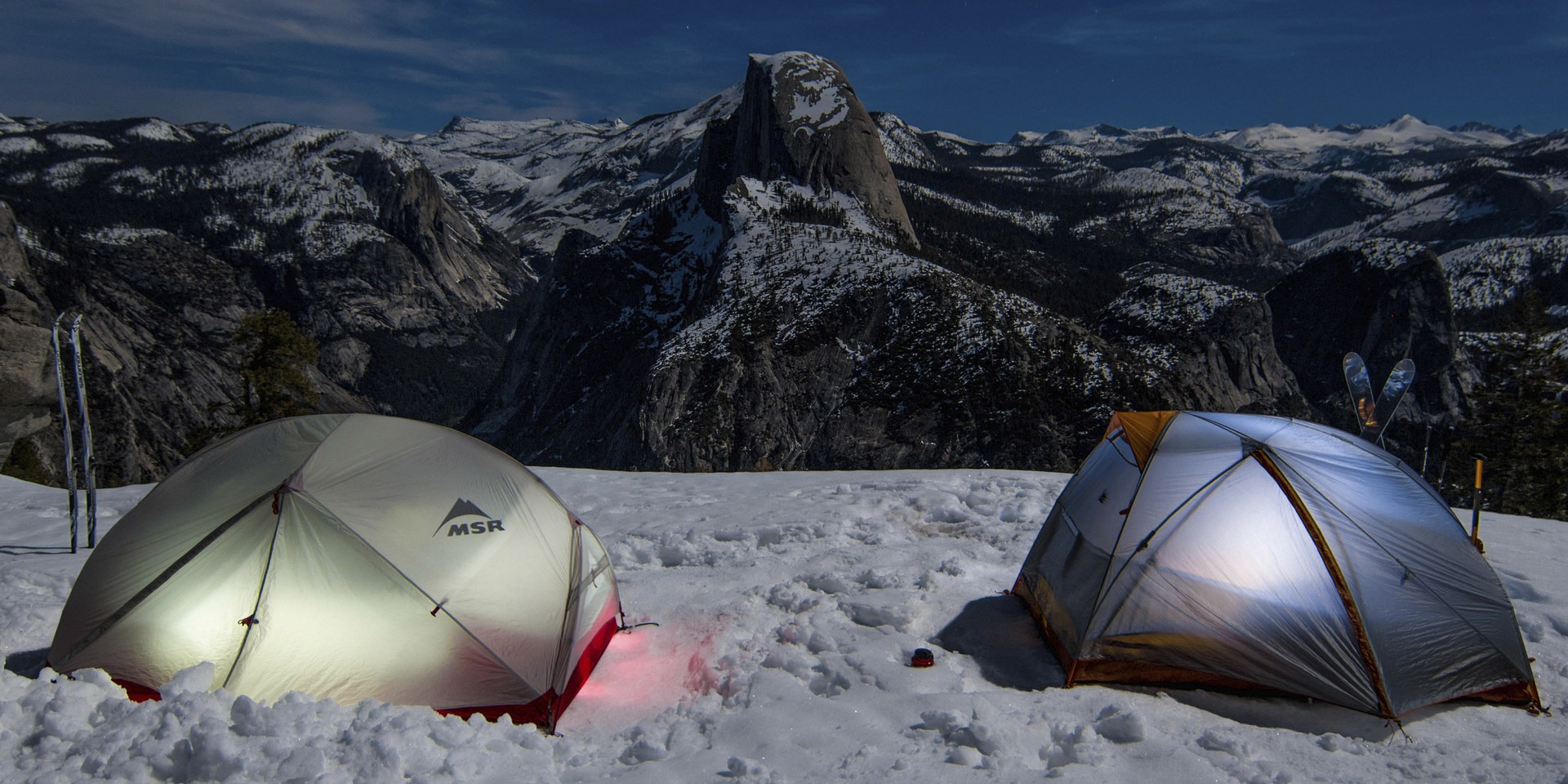
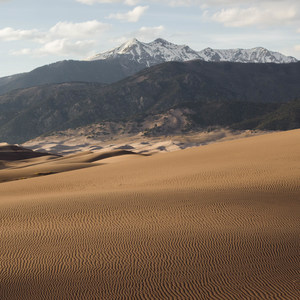
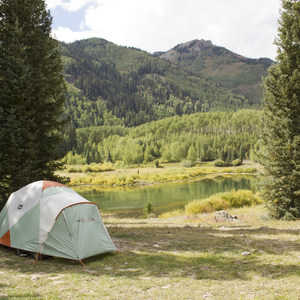
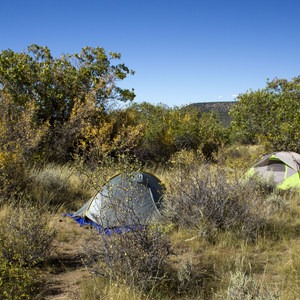
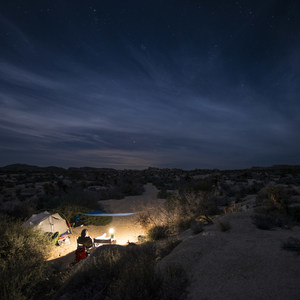


Comments
Sign In and share them.